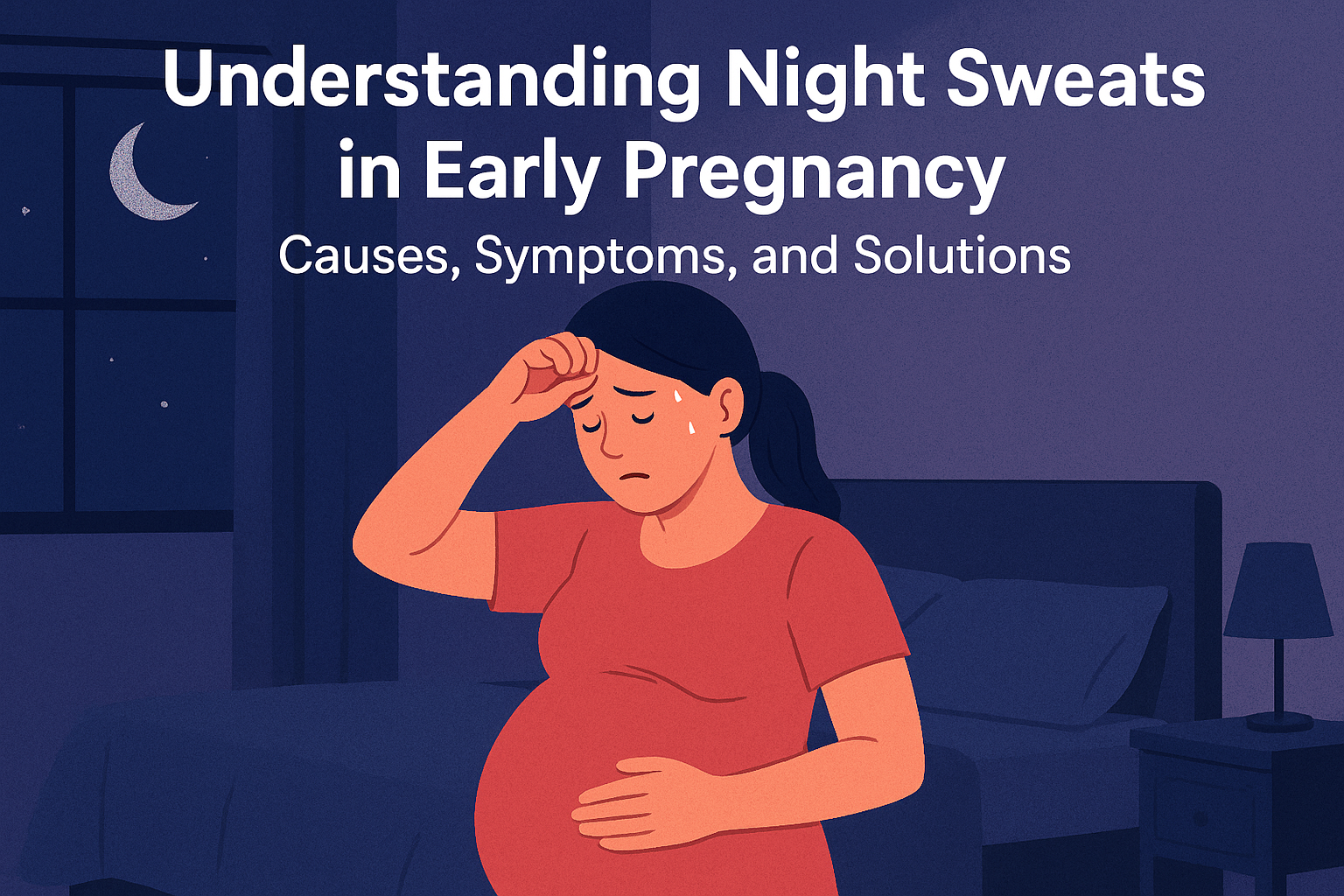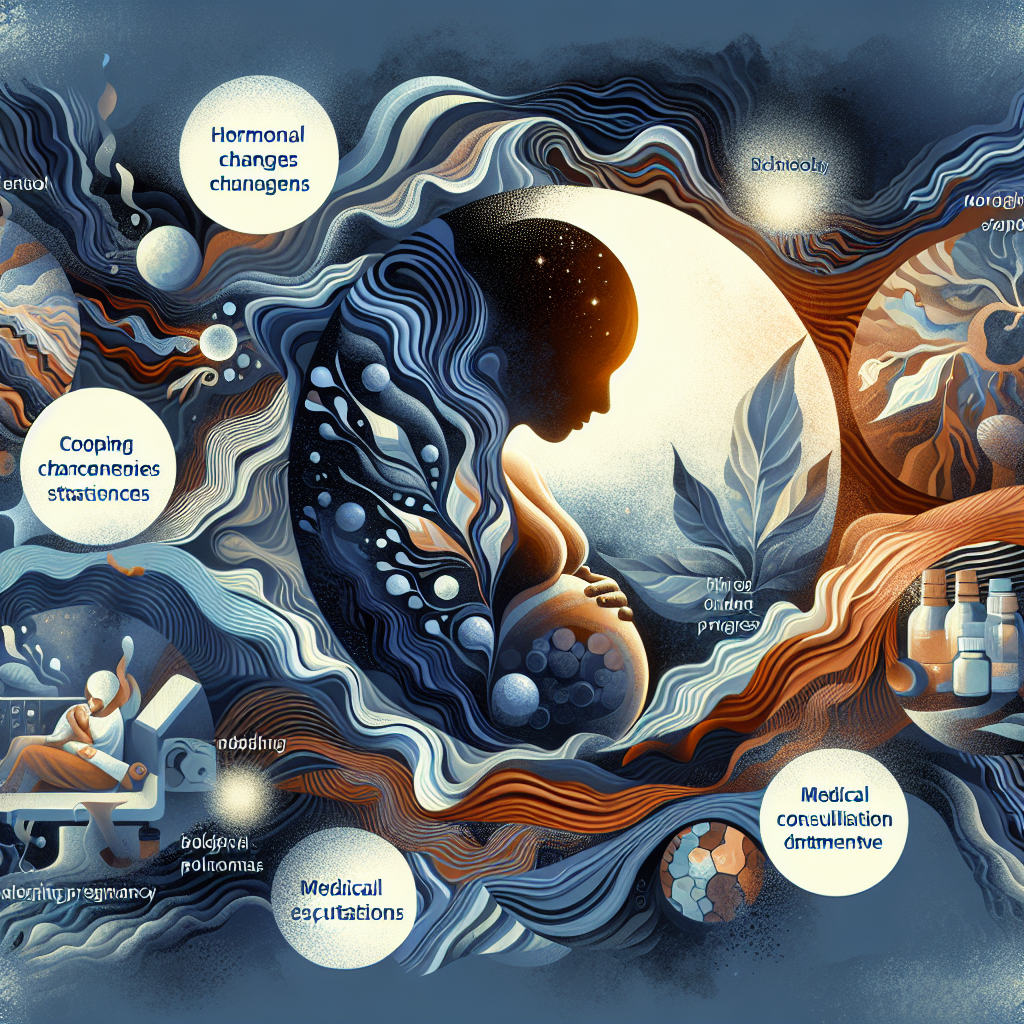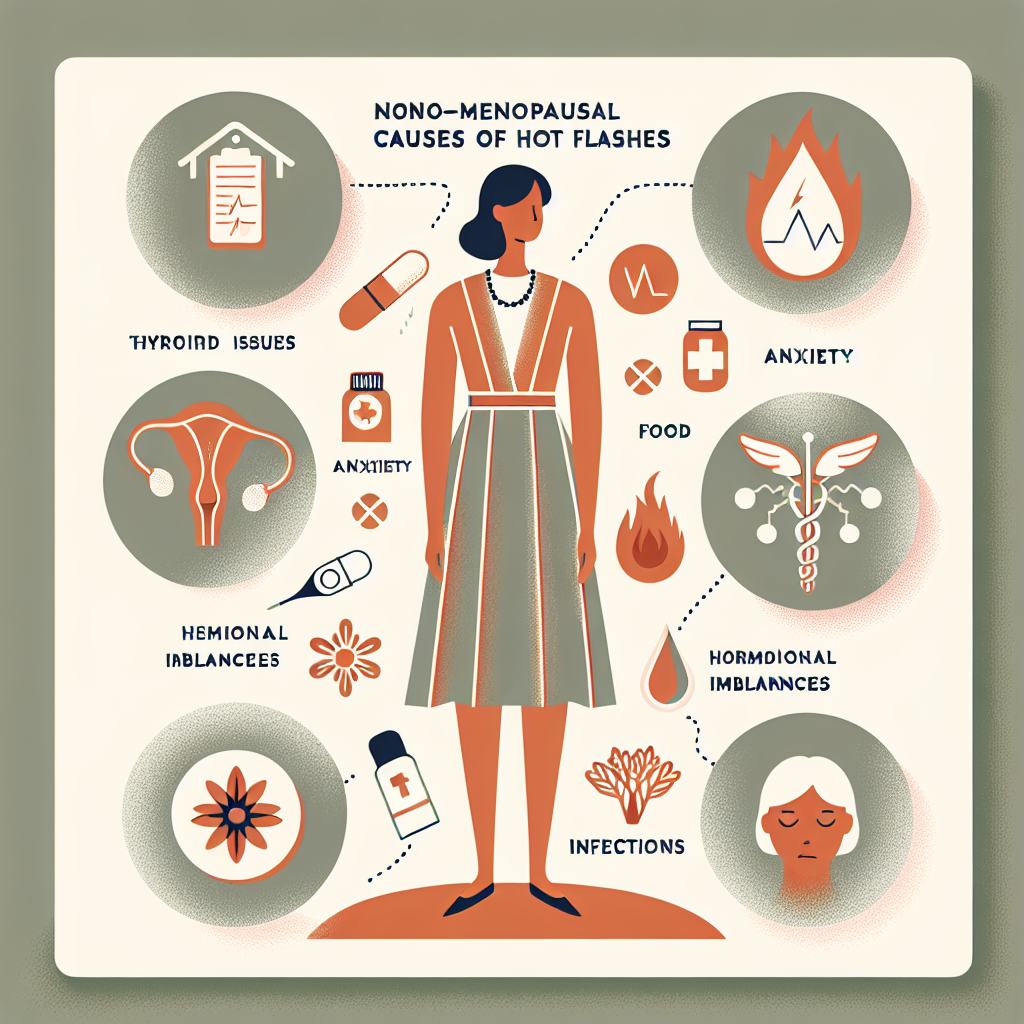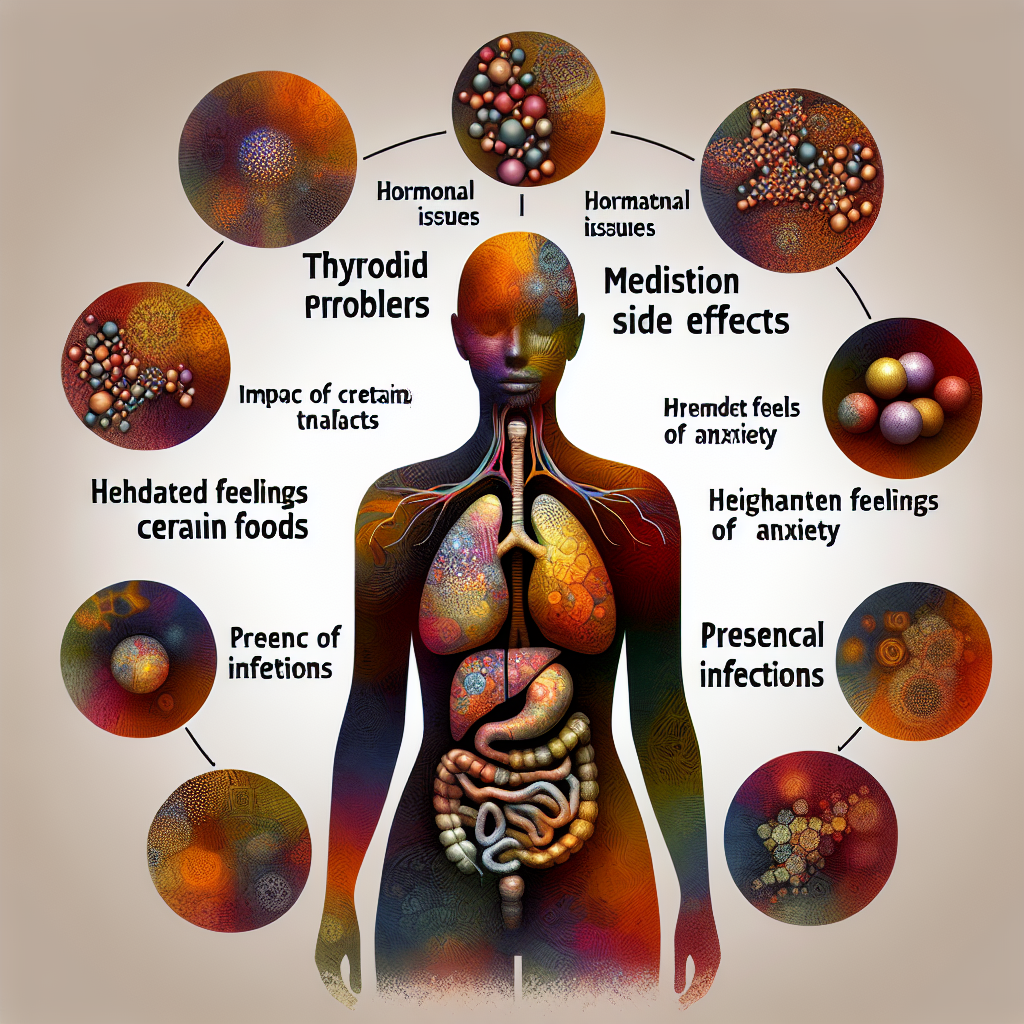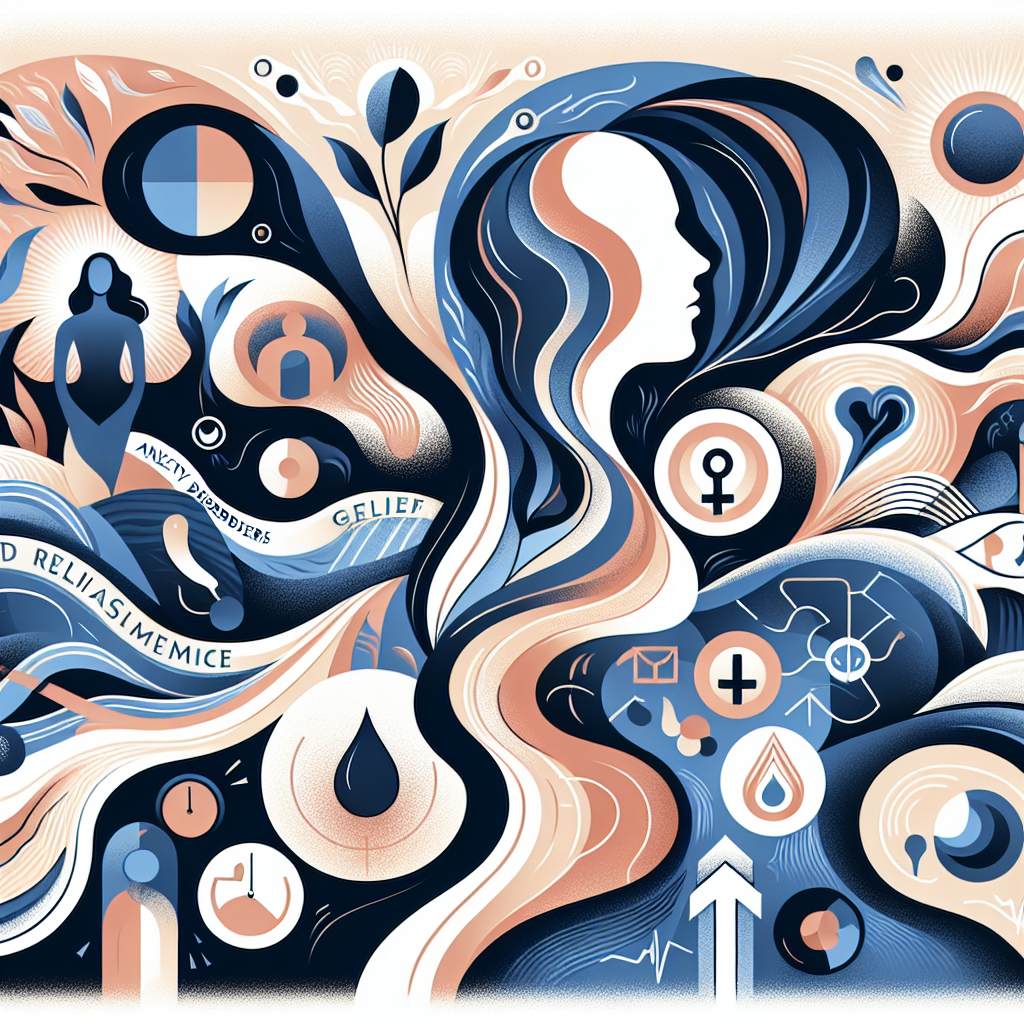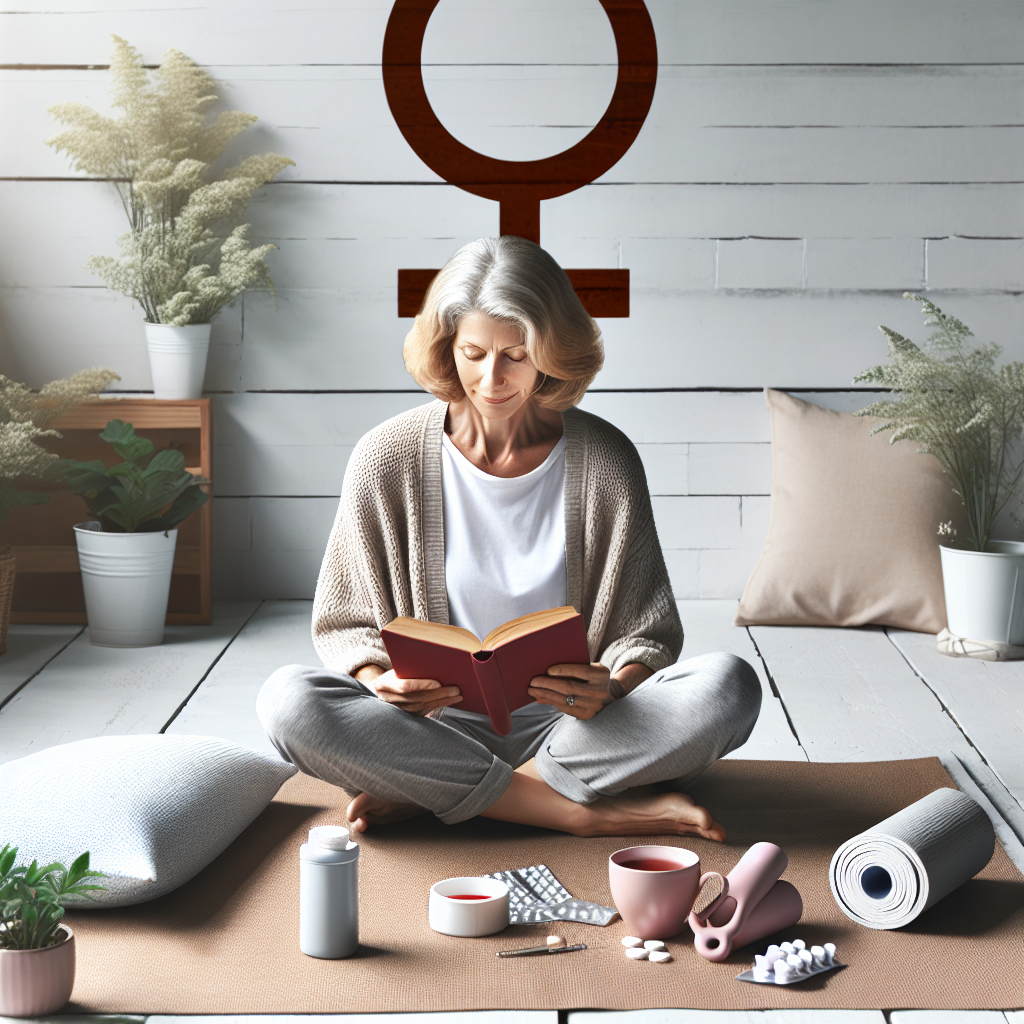
Menopause Brings Unexpected Surprises
Menopause brings unexpected surprises, like the return of cramps you thought were gone for good!
Understanding the Science Behind Cramps
Discover the science behind these cramps, their types, and effective relief methods.
Embracing the Phase of Life
Learn how to embrace this phase of life with resilience and self-care.
You're not alone in this journey!
Cramps During Menopause: What's Really Going On Down There?
Ah, menopause—that magical time when hot flashes become your personal summer, mood swings rival a teenager's, and your body throws surprise parties in the form of unexpected cramps. Wait, cramps? Weren't those supposed to disappear along with your periods? If you're experiencing cramps during menopause and wondering if your body is playing some cruel joke, you're not alone. Let's dive into this lesser-discussed symptom and figure out what's really happening in your changing body.
The Plot Twist: Cramps Without Periods?
Just when you thought you'd bid farewell to monthly cramps forever, they decide to make a comeback tour during menopause. The irony isn't lost on us! Many women are surprised to discover that cramps during menopause are actually quite common, even when periods have become irregular or stopped altogether.
According to a study published in the Journal of Women's Health, approximately 25% of women report experiencing abdominal or pelvic cramps during their menopausal transition. These sensations can range from mild discomfort to pain that feels eerily similar to menstrual cramps of days past.
"But how can I have cramps without a period?" you might ask. That's where the fascinating science of hormonal fluctuations comes into play.
The Hormone Roller Coaster: Why Cramps During Menopause Happen
During perimenopause (the lead-up to menopause) and sometimes into menopause itself, your body experiences dramatic hormonal shifts. Estrogen and progesterone levels don't just politely decline—they perform a wild dance of ups and downs before eventually settling at lower levels.
These hormonal fluctuations can trigger the uterus to contract, just as it did during your menstrual years. The result? Those familiar cramping sensations that make you want to curl up with a heating pad and your favorite comfort show.
Dr. Maria Sanchez, a gynecologist specializing in menopausal health, explains: "The uterus has muscle memory. Even as estrogen levels decline, the uterine muscles can still contract in response to hormonal triggers, causing what feels like menstrual cramps during menopause."
Types of Cramps During Menopause: A Field Guide
Not all menopausal cramps are created equal. Here's a quick rundown of the different types you might encounter:
1. Hormonal Cramps
These are the most common culprits and feel similar to menstrual cramps. They typically occur in the lower abdomen and may come and go as your hormone levels fluctuate.
2. Ovulation Cramps
Yes, you can still ovulate during perimenopause! Some women experience mittelschmerz (German for "middle pain") when an egg is released from the ovary. This usually feels like a sharp pain on one side of the lower abdomen.
3. Gastrointestinal Cramps
Hormonal changes can affect your digestive system too. Many women report increased gas, bloating, and intestinal cramps during menopause.
4. Muscle Cramps
Declining estrogen can impact muscle function, leading to cramps in the abdomen, legs, or feet. These might feel different from typical menstrual cramps but can be equally uncomfortable.
Is It Normal? When to Worry About Cramps During Menopause
While cramps during menopause are often benign, they shouldn't be automatically dismissed as "just another joy of aging." Some cramping can signal underlying conditions that deserve medical attention.
Consider reaching out to your healthcare provider if your cramps:
- Are severe or debilitating
- Last longer than a few days
- Are accompanied by heavy bleeding
- Come with fever or other concerning symptoms
- Interfere with your daily activities
A comprehensive study in the Menopause Journal found that new-onset cramping during menopause warranted investigation in about 15% of cases, revealing conditions like fibroids, endometriosis, or even early signs of reproductive cancers.
The bottom line? While cramps during menopause are usually nothing to worry about, they're always worth mentioning to your doctor.
DIY Relief: Managing Cramps During Menopause
Now for the good news—you don't have to suffer through these cramps! Here are some tried-and-true remedies that can help provide relief:
Heat Therapy: Your Old Friend
Remember how a heating pad was your best friend during periods? It still works wonders for menopausal cramps. The heat helps relax contracting muscles and increases blood flow to the area.
Move That Body
It might seem counterintuitive when you're cramping, but gentle exercise can actually help alleviate the pain. Yoga, walking, or swimming can release endorphins—your body's natural painkillers.
Research published in Women's Health Issues found that women who engaged in regular moderate exercise reported 25% fewer menopausal symptoms, including cramps, compared to sedentary women.
Anti-Inflammatory Foods
Your diet can either help or hinder cramps during menopause. Foods rich in omega-3 fatty acids (like salmon and walnuts) and antioxidants (like berries and leafy greens) can help reduce inflammation and ease cramping.
Conversely, you might want to limit alcohol, caffeine, and highly processed foods, which can exacerbate symptoms for many women.
Hydration Station
Never underestimate the power of good old H2O. Staying well-hydrated can help reduce bloating and cramping. Aim for at least eight glasses of water daily, and consider herbal teas like ginger or peppermint, which have anti-spasmodic properties.
Supplements Worth Considering
Several supplements have shown promise for managing cramps during menopause:
- Magnesium: This mineral helps relax muscles and may reduce the frequency and intensity of cramps.
- Vitamin E: Some studies suggest it can help balance hormones and reduce cramping.
- Calcium and Vitamin D: This dynamic duo supports muscle function and may help with cramp prevention.
Always consult with your healthcare provider before starting any new supplement regimen, especially during menopause when your body's needs are changing.
Medical Interventions: When Self-Care Isn't Enough
If your cramps during menopause are significantly impacting your quality of life, it might be time to discuss medical interventions with your healthcare provider. Options might include:
Hormone Therapy
Low-dose hormone therapy can help stabilize fluctuating hormone levels and reduce cramping. This isn't right for everyone, but for some women, it provides significant relief from various menopausal symptoms, including cramps.
Non-Hormonal Medications
If hormone therapy isn't an option, medications like NSAIDs (ibuprofen, naproxen) can help manage pain and inflammation associated with cramps.
Alternative Therapies
Acupuncture, chiropractic care, and massage therapy have all shown some benefit for women experiencing cramps during menopause. A study in the Journal of Alternative and Complementary Medicine found that women who received regular acupuncture treatments reported a 50% reduction in menopausal cramping.
The Emotional Side: Coping with Unexpected Symptoms
Let's not forget the emotional impact of experiencing cramps during menopause. Many women report feeling frustrated or even betrayed by their bodies when symptoms they thought were behind them suddenly reappear.
Dr. Jennifer Liu, a psychologist specializing in women's health, notes: "There's often a grief process associated with menopausal symptoms like cramping. Women may have celebrated the end of periods and cramps, only to have them return in a different form. It's important to acknowledge these feelings and practice self-compassion during this transition."
Consider joining a menopause support group or working with a therapist who specializes in women's health issues. Sometimes, just knowing you're not alone in your experience can make symptoms more manageable.
The Silver Lining: This Too Shall Pass
If there's one certainty about cramps during menopause, it's that they won't last forever. As your body completes the menopausal transition and hormone levels stabilize, cramping typically subsides.
In the meantime, view these cramps as your body's way of communicating during a major life transition. By listening to these signals and responding with appropriate self-care or medical intervention, you're honoring this important phase of your life journey.
Embracing the Change: A New Perspective on Cramps During Menopause
Rather than viewing cramps during menopause as an unwelcome visitor, consider them part of your body's complex adaptation to a new hormonal landscape. This perspective shift doesn't make the cramps disappear, but it might make them easier to accept.
As women, our bodies are constantly evolving throughout our lives—from puberty to pregnancy (for some) to perimenopause and beyond. Each phase brings its challenges and gifts. Menopause, with its occasional cramps and other symptoms, is simply another chapter in your body's remarkable story.
So the next time cramps during menopause make an appearance, perhaps you can greet them with a knowing smile rather than frustration. "Ah yes," you might think, "just my body doing its thing." Then reach for your heating pad, take a gentle walk, or try whatever works best for you—secure in the knowledge that you have the wisdom and resources to navigate this transition with grace.
After all, you've been handling your body's surprises for decades now. Cramps during menopause? Just another opportunity to show how resilient you truly are.








